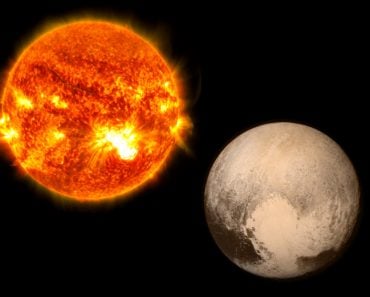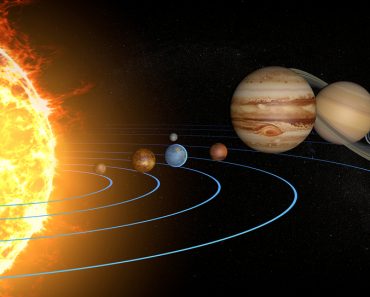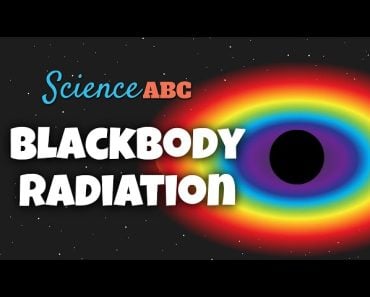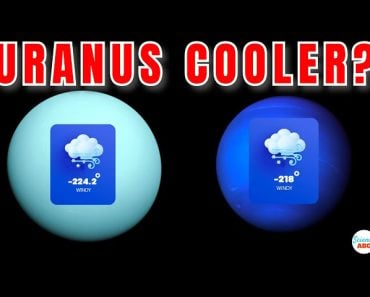Table of Contents (click to expand)
The sun’s atmosphere is hotter than its surface because of the wave heating theory and the eruption of nano flares as the result of magnetic reconnections.
According to NASA’s estimates, the Sun is so excruciatingly hot that it is capable of melting a slab of ice 2 miles long and 1 mile wide in less than a second!
Temperatures at the core of our home star can reach an astounding 15 million Kelvin! At the photosphere — the surface that is visible to us — the temperature is a bit less, yet still boasts a mammoth – up to 5800 Kelvin. Therefore, existence in its proximity, if plausible, would be tremendously distressing due to the unavailability or rather unlikelihood of Popsicles and cold sodas. Also, due to the absence of oxygen and severe cancerous incineration… but most importantly, ice cream.
Logically, one would expect that the temperature decreases as we move away from the core, towards the surface, similar to the lessening of warmth as we move away from a writhing flame. Surprisingly, this is not the case. The sun’s atmosphere burns at a temperature of 100 to 400 times more than its surface!
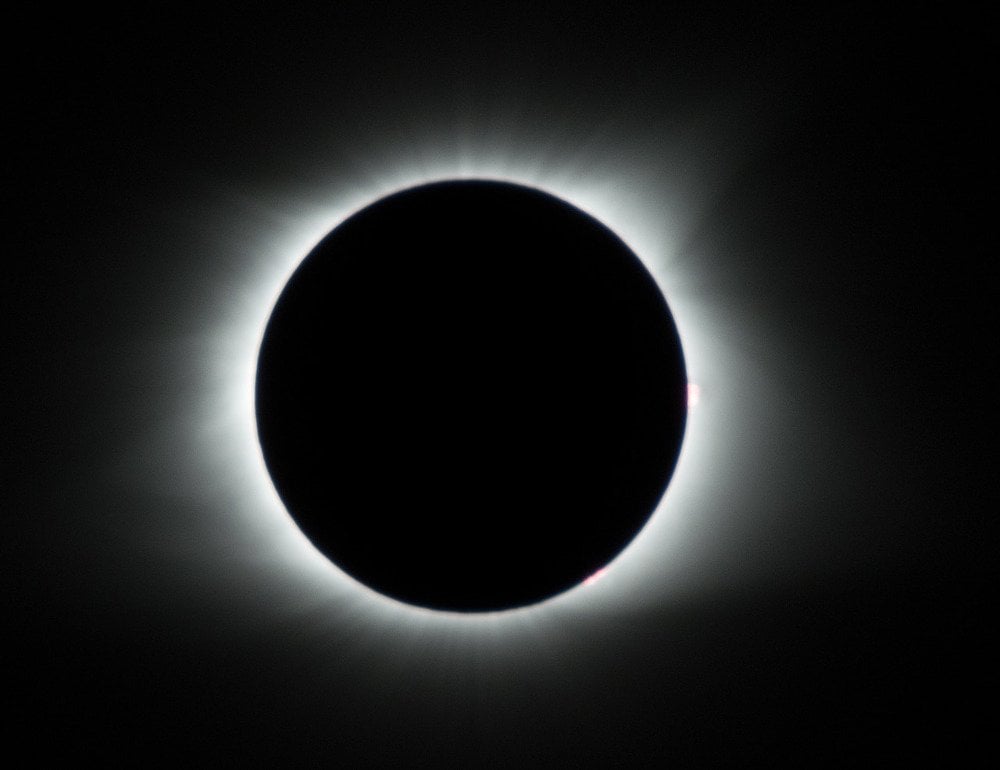
The phenomenon has baffled cosmologists since we first discovered this illogical disparity. To merely say that the phenomenon defies “logic” is an understatement and somehow denies the sense of dismay it rightfully deserves. To put it in the right perspective, this oddity violates the 2nd Law of Thermodynamics – one of the most fundamental laws of the universe!
The law prevents the flow of heat from the blazing surface to the atmosphere. To say that the atmosphere is hotter than the surface is tantamount to the surrounding air being hotter than the bulb itself. Sunbelievable! (Sorry.)
The unsolvable problem is formally known as the problem of solar coronal heat, as the atmosphere is named Corona — Latin for a crown. So what accounts for this bewildering phenomenon? Scientists have managed to come up with a few potential answers. The two most notable of them seem to be the Wave heating theory and the eruption of Nano flares as the result of magnetic reconnections.
Recommended Video for you:
Wave Heating Theory
Initially, scientists postulated that the atmosphere was made up of a new kind of element exclusively found in the corona, known as Coronium. However, this is not the case.
The sun is a raging ball of gas, but the gas is not ordinary. The sun’s engine is powered by nuclear fission, which generates energies that rip apart matter into its elementary constituents. This molten soup is technically known as plasma. Waves in plasmas are notoriously difficult to understand and describe analytically.
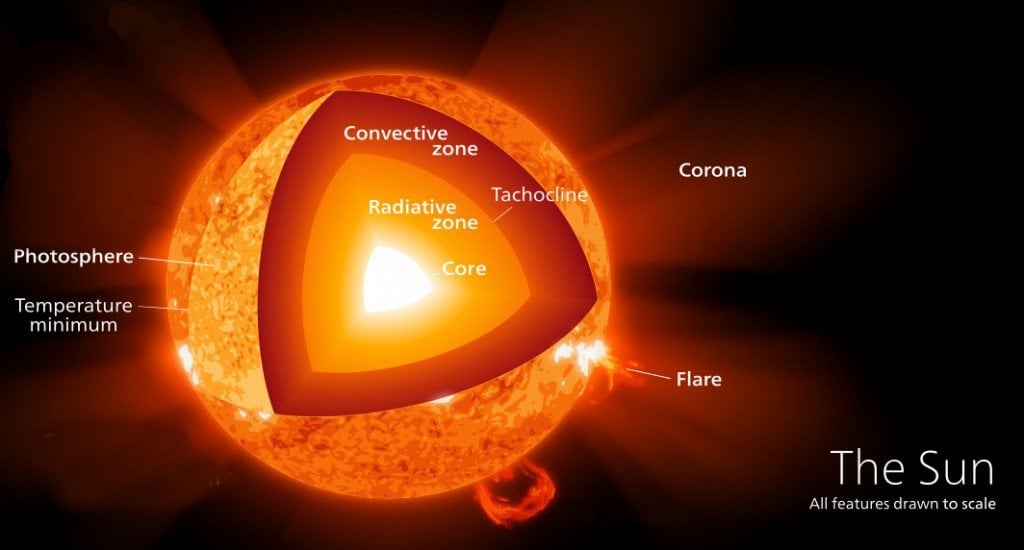
Plasma tends to permit a number of waves, analogous to sound waves in air, through its mawkish form. The most prominent of them are magneto-acoustic waves and Alfven waves. The former, as the name sounds, is a sound wave that is influenced by a magnetic field, whereas the latter is a type of ultra-low frequency radio wave that is modified by the interaction with unconventional matter in the plasma. So, the Sun isn’t just exceedingly hot, but now it’s also incredibly loud? Great.
Both categories of waves can be released by the formation of thermal columns and consequent convection currents that ramble deep in the photosphere. Solar thermal columns are similar to thermal columns found on Earth — heat on the ground rises towards the air in columns. A heated fluid transfers its heat across different colder regions by means of convection currents by moving in their vicinity.
In this way, the waves can carry energy through the atmosphere before transitioning into shock waves that dissipate the energy as heat.
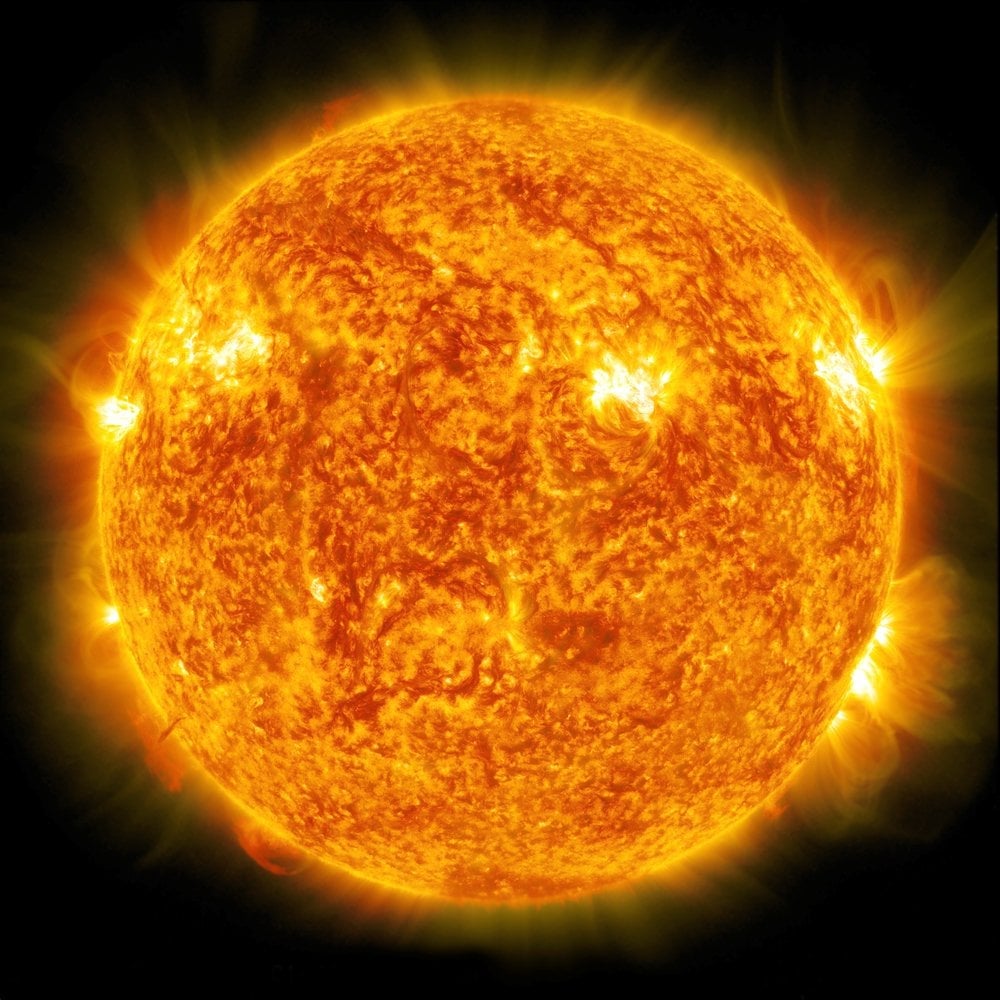
Despite their erratic behavior, researcher Thomas Bogdan and his colleagues have performed simulations and shown that Alfven waves can transmute into other wave modes at the base of the corona, clearing the way for large amounts of energy from the photosphere through to the atmosphere, where it dissipates as heat. However, any substantial or direct evidence to support this hypothesis is yet to be gathered.
The first observation of any such waves propagating into and through the corona was made by the Solar and Heliospheric Observatory space-borne solar observatory around 1997. It was then the first platform capable of observing the Sun in the extreme UV for prolonged periods with astute photometric equipment.
However, the results indicated that the waves only contributed 10% to the estimated temperature of the atmosphere.

Magnetic Reconnection And Nano Flares
The molten plasma consists of a large number of charged ions or individual electrons and protons. Because the plasma is in a perpetual state of haphazard motion, the charged particles are also subject to its wavering. Furthermore, in accordance with the laws of electromagnetism, they will generate varying magnetic fields.
However, unlike regular dipoles, such as my fridge magnet, fields generated in plasmas behave quite unconventionally. They travel with their own set of fields entrapped in the material. The changing fields affect the way charged particles move and vice-versa. Thus, the net effect is a complex, constantly adapting system that is highly sensitive to small variations.
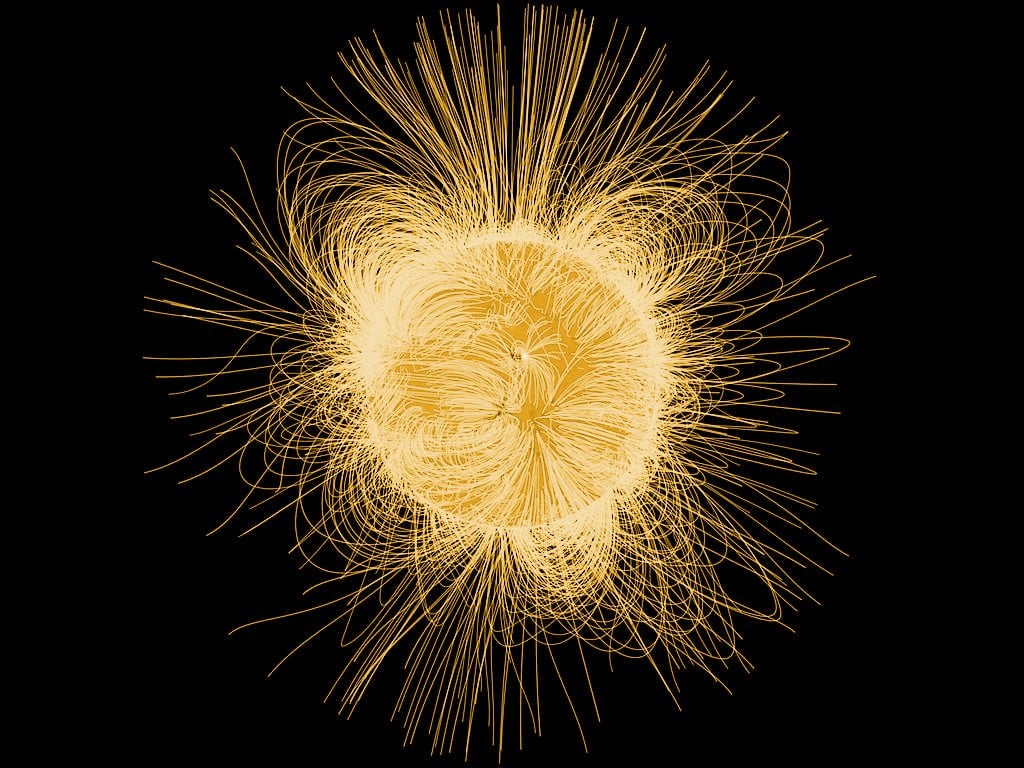
The Sun has a very weak overall magnetic field (average dipole field). However, the solar surface has very strong and tremendously complicated magnetic fields. This complexity renders them susceptible to a very strange process known as magnetic reconnection.
Basically, magnetic reconnection occurs when a magnetic field rearranges itself to move to a lower energy state or when it attempts to get rid of its superior complexity and transition into an inferior, stable state. The amount of energy released as a consequence is formidable. The process is similar to the generation of a photon (light energy) when an electron descends to a lower energy level from a higher one.
Under conventional circumstances, magnetic field lines do not merge or intertwine. However, under some rare conditions, coupled with the gushing flow of ions pressing hard from virtually every direction, field lines can get close to each other and reconfigure their entire structures. As field lines of opposite polarity reconnect, magnetic energy is suddenly converted into thermal and kinetic energy.

This process has been theoretically shown to occur in thin layers of only a few miles thick, yet it can accelerate particles close to the speed of light and initiate gigantic solar flares, the most powerful explosions in the solar system – explosions the size of Earth.
The first evidence came through when the EUNIS (Extreme Ultraviolet Normal Incidence Spectrograph) flew on a 15-minute flight in December 2013 equipped with an instrument called a spectrograph, which can gather information about how much material is present at a given temperature. The spectrograph detected the presence of extremely hot temperatures, but strangely, they occurred in the absence of any colossal solar flares.
It seems that the powerful bursts of energy could be the result of a series of unobservable flares that are too small to be detected. These imperceptible flares are called Nano flares, and they are believed to be the major contributor to the corona’s excessive heat.
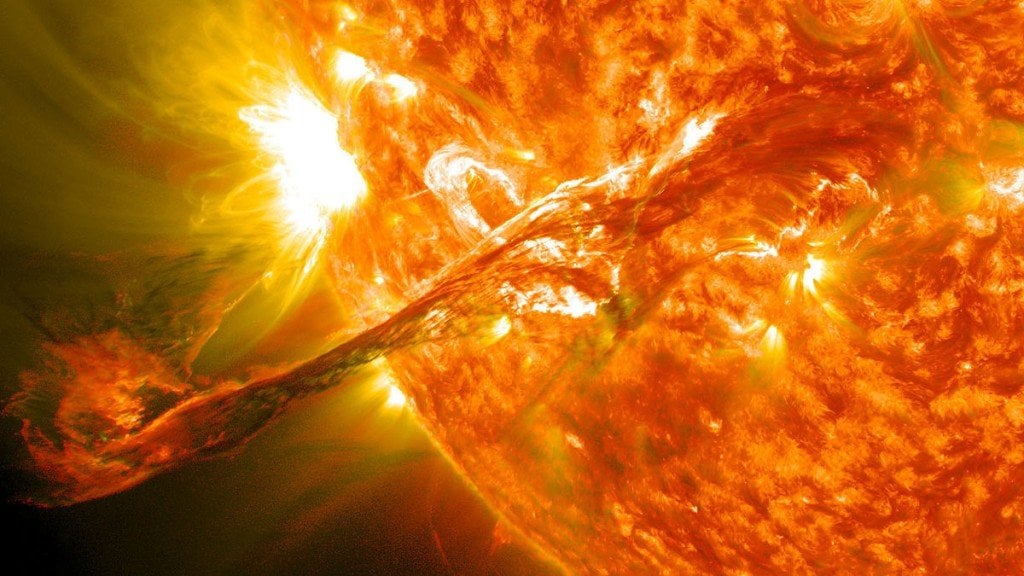
Nano flares can individually reach torrid temperatures of around 10 million Kelvin. They are termed Nano in the sense that they contribute one-billionth of the energy of an explosive solar flare. However, collectively, they can account for the increased temperature.
Because the underlying mechanism — magnetic fields — are so complex, scientists can only make sense of them and model their behavior on computers and in simulations. The implications of reconnection have been observed in space, but the actual process has only been directly observed in the lab.
Much of what we know relies on theoretical studies and models, which is why the idea that nano flares are responsible for corona heating is still quite contentious. A richer understanding can be achieved by observing the magnetic reconnections up close. I mean, the worst that could happen is we’d be squeezing our eyes facing the blinding light.

In all seriousness, it would require scientists to build a probe that whizzes past the Sun fast enough to avoid being mercilessly fried, yet slow and cautious enough to collect useful data.
Or could we just ask Superman to do it?
References (click to expand)
- Why is the Sun's Atmosphere Hotter than its Surface? - NASA. The National Aeronautics and Space Administration
- Corona - Wikipedia. Wikipedia
- Magnetism on the Sun - Stanford Solar Center. Stanford University
- Reconnection on the Sun - AAS Nova. aasnova.org
- Arregui, I. (2015, May 28). Wave heating of the solar atmosphere. Philosophical Transactions of the Royal Society A: Mathematical, Physical and Engineering Sciences. The Royal Society.




